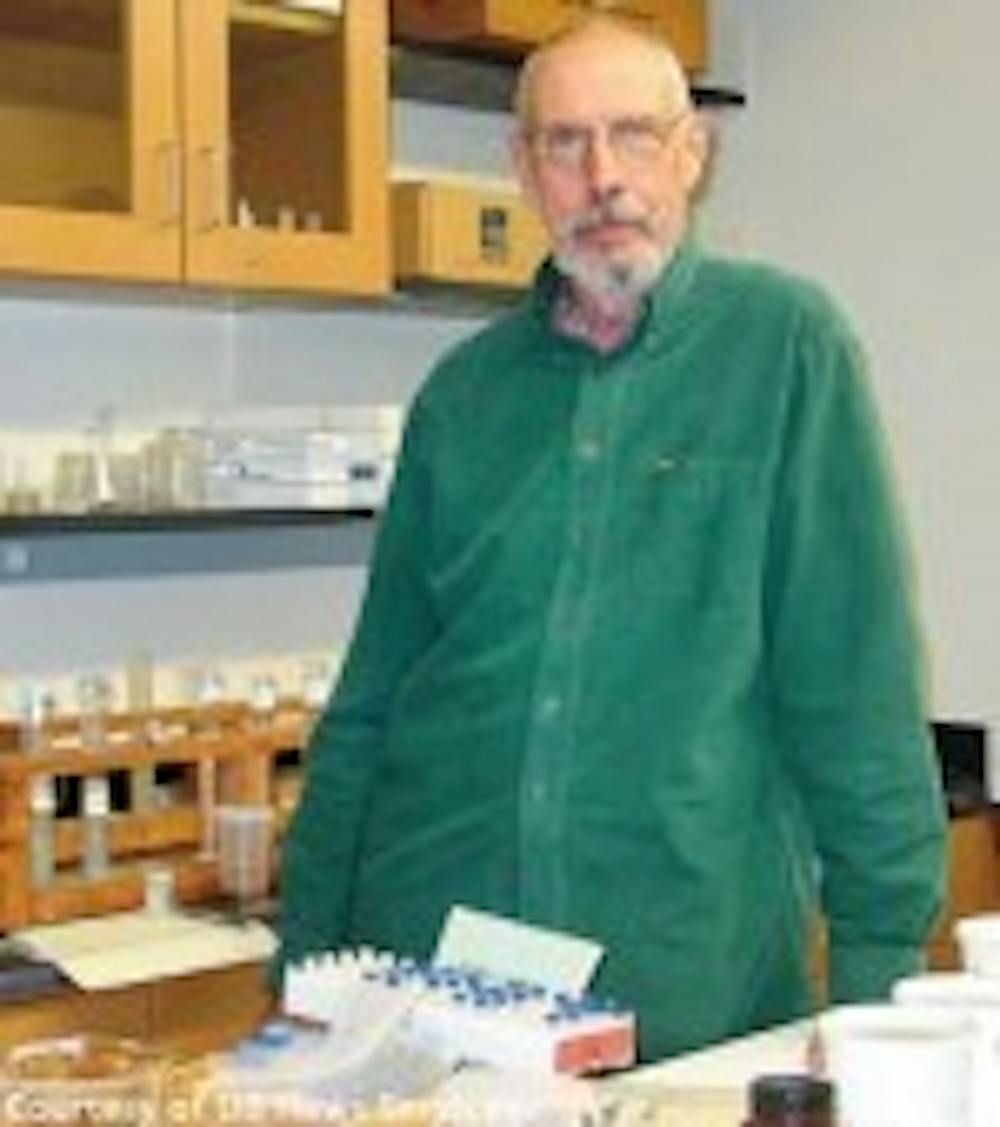Two members of UB's Department of Geology are embarking on groundbreaking research to discover a natural killer of Staphylococcus infections. Rossman Giese, Ph.D. and Tracy Bank, Ph.D. are investigating the ability of particular clays to kill the bacteria.
The recent outbreaks of staph infections in the Western New York area that have not been responsive to antibiotic treatment have influenced Bank and Giese's studies.
Bank emphasized that the research is important because the particular strain of staph currently has no effective cure.
Giese explained that the recent staph scare and concerns about other antibiotic-resistant infections makes this study relevant to all.
"I believe that everyone's a little concerned about the spread of bacteria that are resistant to antibiotics," he said.
Test studies showed that when all the kinds of bacteria were exposed to the French clay, the bacterium were killed as the clay made it impossible for the microorganisms to grow.
The first type of clay tested by UB researchers was discovered in France. According to Giese, these particular clays have strong antimicrobial properties, which were discovered during research at Arizona State University.
These clays are also known for their ability to treat an otherwise untreatable type of skin ulcer in Africa, according to Bank.
Bank and Giese are using various methods to examine the interaction of the French clays with bacteria, including atomic force microscopy. A recent investigation has revealed that French clays have very little interaction with a particular type of bacterium.
The researchers are also testing another substance called Bioclay. According to Giese, Bioclay is very different from the French clay because it kills mechanisms on contact. The antimicrobial agents in the clay puncture the cell wall of the bacterium causing it to leak to death. There is no way the bacterium can evolve or become resistant to clays as a result. The clay treatments are unlike traditional antibiotics that may cause infections to become resistant.
According to Giese, Bioclay has been tested using sewage and has been effective in killing the bacteria contained within it. Additionally, clay anti-bacterial treatments may have a use outside of medicine.
"Bioclay can also have many practical applications," Giese said. "It can be incorporated into a liquid and used to clean surfaces."
The first application of a product was licensed to a Buffalo start-up company called Bioclay, Inc. They use the Bioclay product to treat HEPA filters in hospitals and kill potentially deadly bacteria. According to Giese, this company plans to commercialize Bioclay.
Other uses of the anti-microbial properties of clay are being investigated at the UB School of Dental Medicine. Researchers are looking into methods to deter the bacterium that causes tooth decay.
Applying the findings of this new research into different medical disciplines has the potential to revolutionize the treatment of all forms of bacterial infections.





